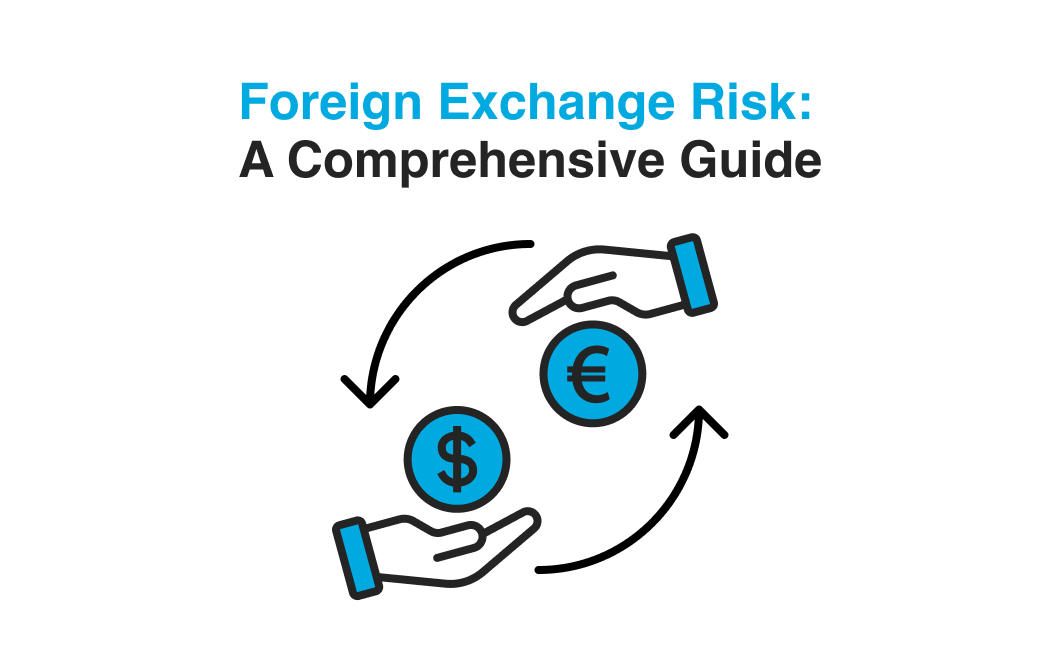Discover essential FX hedging strategies and currency management best practices from our foreign exchange experts.
Understanding the Balance Sheet Hedging Strategy in Currency Management
In today's rapidly changing global financial landscape, companies face various risks associated with foreign exchange fluctuations. One important risk management strategy is balance sheet hedging, which aims to mitigate the accounting impact of foreign exchange gains and losses.
However, many businesses struggle to implement an adequate balance sheet hedging program that aligns with their goals. In this blog post, we will explore the common approaches to balance sheet hedging, identify their weaknesses, and provide insights on how to improve your strategy for optimal results.
Watch this episode of CurrencyCast to understand more about balance sheet hedging.
Understanding Balance Sheet Hedging
The risk begins when accounts receivables and payables are recognised on a company's books and integrated into the enterprise resource planning (ERP) system. The primary objective of balance sheet hedging is to achieve a clean zero line concerning foreign exchange gains and losses. To accomplish this, there are three key considerations:
- Time and Spot Rates: Foreign exchange gains and losses arising from the time lag between recognition and cash settlement. It is essential to use the spot rate at the moment of recognition to accurately reflect the accounting principle.
- FX Sensitivity: Standalone balance sheet hedging programs are commonly used by firms less sensitive to foreign exchange risks. Typically, these companies either have a high profit margin or a relatively low weighting of foreign exchange in their overall business operations.
- Program Effectiveness: Balance sheet hedging programs often exhibit a high degree of effectiveness because they deal with exposures already recognised in a company's books. However, there is always room for improvement in achieving optimal results.
Common Approaches and Their Pitfalls
Two main approaches are prevalent in balance sheet hedging: time-based and micro-hedging.
- Time-Based Approach: This approach involves pulling out balance sheet items from the ERP system on an arbitrary basis and hedging the corresponding exposures. However, there is a time-lapse between capturing the exposure and executing the risk mitigation exercise, making it challenging to achieve the goal of zero foreign exchange gains and losses.
- Micro-Hedging Approach: In this method, each individual balance sheet item is hedged separately. While it may work in favourable forward points situations, it becomes less effective when dealing with unfavourable forward points.
The Data-Driven Approach to Balance Sheet Hedging
To address the limitations of the two main approaches, a data-driven approach to balance sheet hedging emerges as a middle ground. This approach involves using conditional orders to accumulate entries into larger positions, instead of hedging individual entries immediately. Conditional orders are then set, with stop-loss and take-profit levels automatically adjusted as markets fluctuate.
Benefits of the Data-Driven Approach
Adopting a data-driven approach to balance sheet hedging offers several advantages:
- Netting Opportunities: Delaying the execution of hedges within a currency market corridor aligned with your risk tolerance creates more opportunities for netting exposures, leading to potential cost savings.
- Cost Reduction: By using conditional orders to delay hedge execution, the cost of hedging is reduced in the event of unfavourable forward points
- End-to-End Traceability: Each element in the transaction journey, from individual exposures to conditional orders and payments, is assigned a unique reference number. This provides perfect end-to-end traceability, facilitating effective risk management.
Importance of Automation and Integration
Implementing the data-driven approach to balance sheet hedging requires significant automation. Manual execution would be impractical and prone to errors. Therefore, it is crucial to leverage currency management automation solutions to streamline processes and mitigate operational risks.
However, it is equally important to avoid adopting a siloed perspective on automation. While reducing trading costs through multi-dealer trading platforms is essential, it should not overshadow the integration of other aspects of the foreign exchange workflow, particularly the pre-trade phase. A holistic approach to automation ensures proper integration of FX risk collection, exposure collection, and exposure processing, minimising costly mistakes and enhancing data quality.
Achieving an effective balance sheet hedging strategy is important for managing foreign exchange risks and minimising the accounting impact of gains and losses. By understanding the weaknesses of traditional approaches and embracing a data-driven approach, companies can optimise their hedging programs and achieve their goals effectively.
Automation and integration of processes play a vital role in reducing operational risks and enhancing overall efficiency. By adopting these best practices, businesses can navigate the complex foreign exchange landscape with confidence and successfully safeguard their financial positions.











